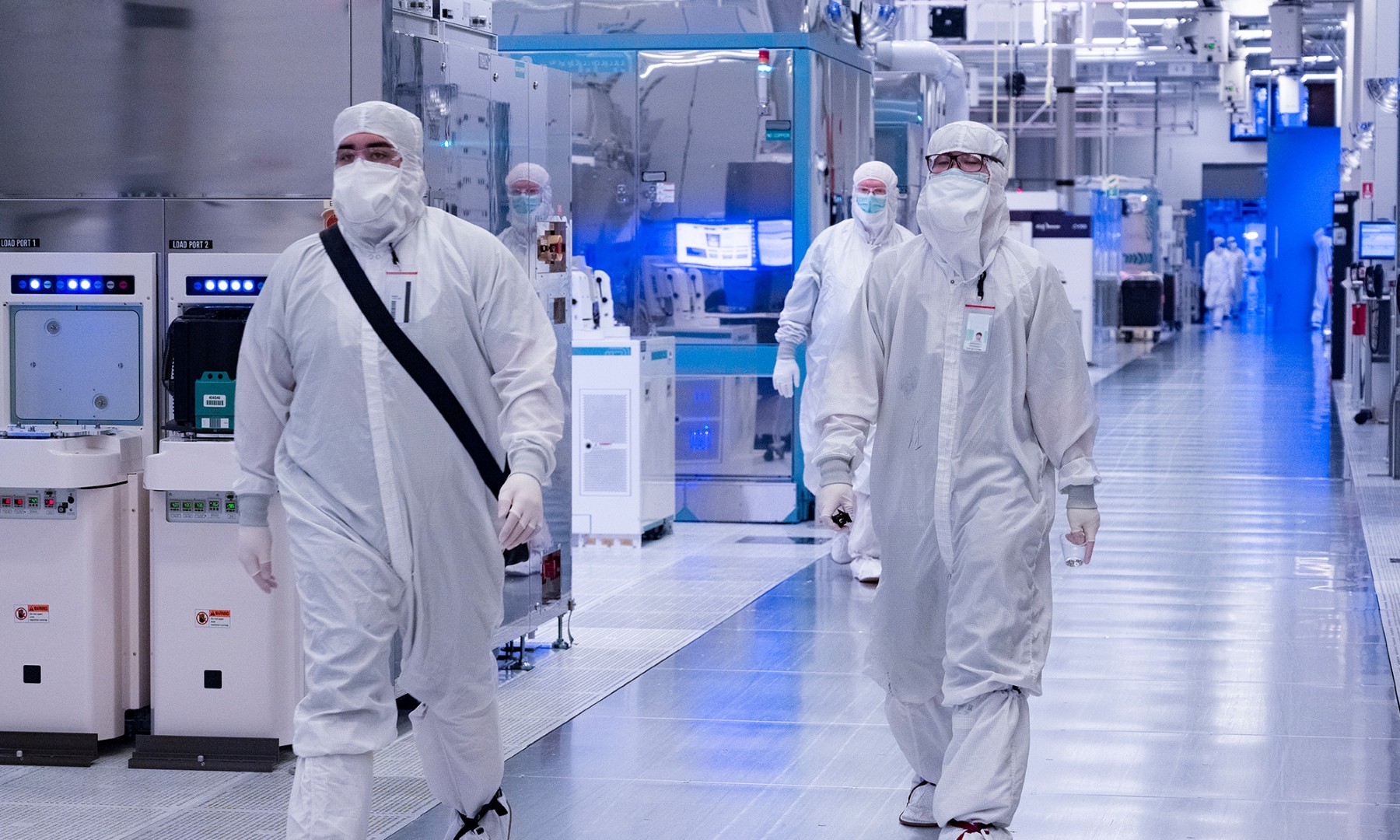
Image source: Intel Corp.
Even when you're king of the hill, it's important to keep innovating to stay there. This is a lesson Intel Corporation (INTC +10.90%) knows well, and it's one it appears to be practicing. Intel has announced new server chips and solid-state drives to take advantage of continued cloud adoption, especially betting that companies will want to build their own clouds, rather than rely on the big providers.
The latest addition to Intel's server-chip product line, known as Xeon, offers 20% more cores and cache than previous generations and supports faster memory. How many more cores? The top-of-the-line processor in its Xeon family will offer a whopping 22 of them. Compare that with the Intel processors in laptops and desktops that have two, or at most four.
The new chips are based on the Broadwell architecture, meaning they're manufactured on the latest 14-nanometer technology. The new chips will also have features that speed up cloud processes and enhance security.
In addition to the new chips, part of the announcement included unveiling new solid-state drives (SSDs) for faster and more reliable access to data in the cloud. The new SSDs will be the first to use Intel's high-density 3D-NAND technology.
Cloud infrastructure is currently expensive and complicated to set up, with most companies relying on the big cloud providers such as Amazon.com and Alphabet. While Intel obviously benefits by selling server chips to these companies, it's also betting on a future where corporations will want their own clouds.
As cloud setup becomes less complicated, companies will demand more private or hybrid clouds for cost reasons or security. Intel wants to be at the center of this trend. "It's very much a multi-cloud world," said Diane Bryant, Intel's senior vice president and general manager of its data center group.
Data center is expected to carry the day
As PC sales continue to languish, and as Intel has failed to get any meaningful share of the mobile market, its server chips and data-center division will be key to its growth over the next few years.
Even though the data-center division is only 30% of total revenue and produces only half of the revenue as its client computing division, which includes desktop and laptop processors, its operating profit is nearly equal.
It's also the growing division of the two. For fiscal 2015, Intel's data-center division grew revenue by 11% compared with last year, while its client computing division shrank almost 8%. Intel is targeting 15% growth for its data-center unit this year.
Intel is quite literally the only player in the server market with approximately 99% market share. But such a dominant position also makes Intel a target for competitors wanting a piece of the pie, as well as customers who don't want to be locked in to only one supplier.
Indeed, Google recently announced that it has paved the way to switch from Intel server chips to IBM chips and is also exploring ARM Holdings-based server chips. Even if customers such as Google don't ultimately end up switching away from Intel, the credible threat of being able to switch is enough to put pricing pressure on Intel to keep its current customers.
However, I still see this announcement as an overall positive for Intel and am not too worried about the competitive environment for its data-center and server-chip business -- yet. First, the refresh of its server-chip product family shows Intel is not content to rest on its laurels, and it knows it needs to keep innovating to not lose its enviable position.
Second, with such a dominant share in the server business, it's unlikely that companies will be doing full-scale swaps of their Intel servers for competitors anytime soon. However, at the margin they may begin to experiment, and again, the threat of a substitute could pressure margins.
Holders of Intel stock can take comfort that Intel continues to innovate and manufacture at the leading edge of the fabrication process. This also shows Intel continues to look ahead at what the future landscape of servers will look like and what resources it will need. Of course, the tech industry is incredibly dynamic and competitive, so investors should keep an eye on future developments.






